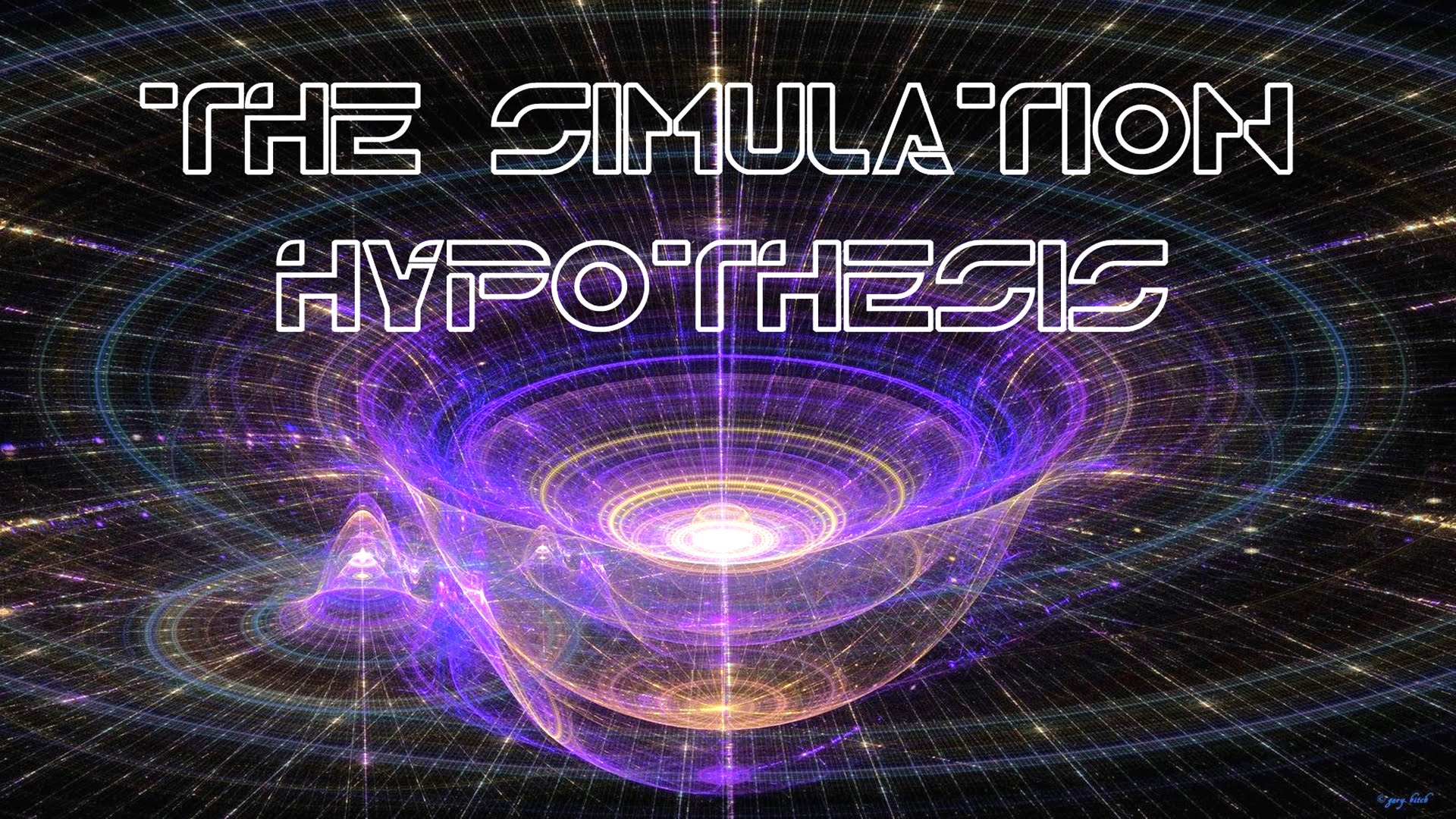

The young couple whose survival as future nuclear family is generically guaranteed is burned alive and eaten around the film’s midpoint. The woman who appears to be established as the heroine becomes virtually catatonic early in the film and remains so to the end no love relationship develops between her and the hero. In the article, “George Romero: Apocalypse Now”, Robin Wood points out several of these instances of subversion: Instead, Romero achieves a significant amount of terror by subverting the established conventions and formula of horror films that audiences had come to rely on for comfort. Although the film contains some scenes of graphic violence, including cannibalism, Romero, for the most part, is not so interested in staging spectacular scenes of gore in the manner of other exploitation filmmakers such as Hershel Gordon Lewis.


As an independent filmmaker, Romero’s freedom from the studio system granted him much greater latitude to break genre conventions and screen taboos. The film was the director’s labor of love filled with a cast of non-actors and intended for drive-in theaters. George Romero’s Night of the Living Dead (1968) is a model of the successful, low-budget, independently produced horror film.


 0 kommentar(er)
0 kommentar(er)
